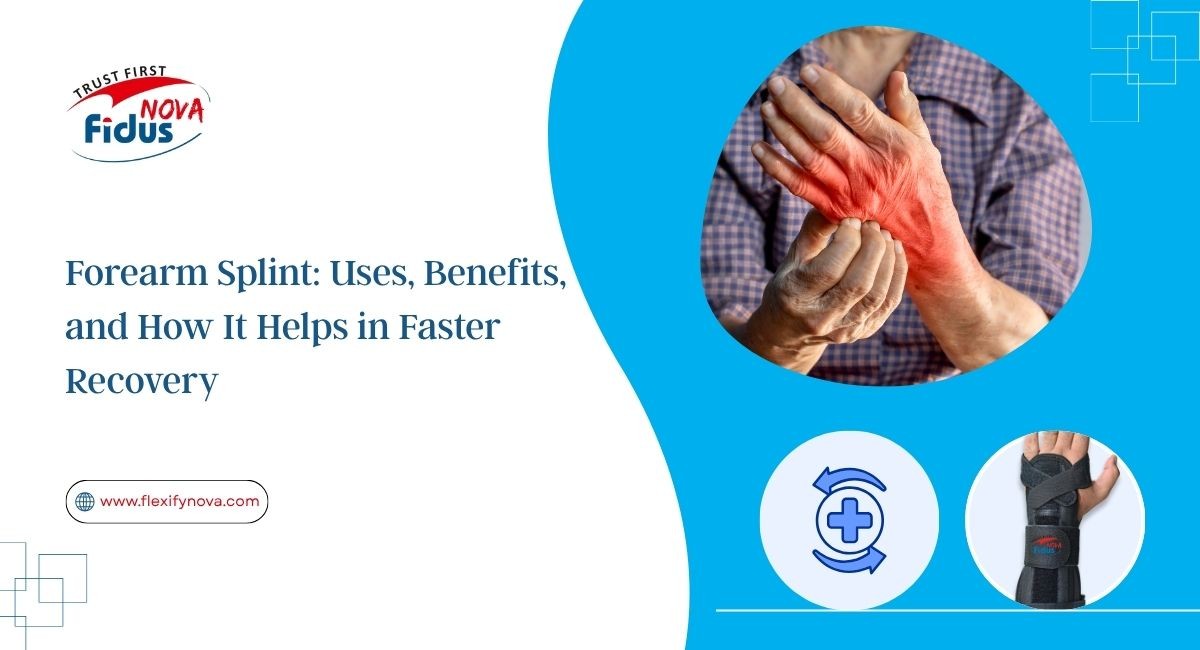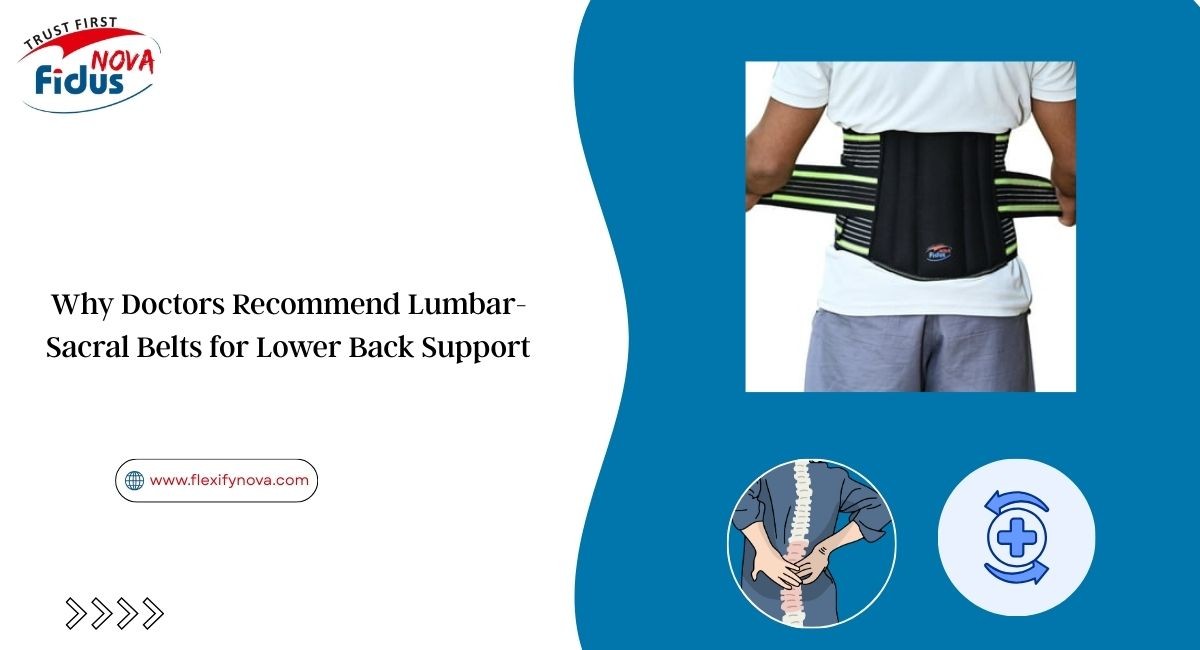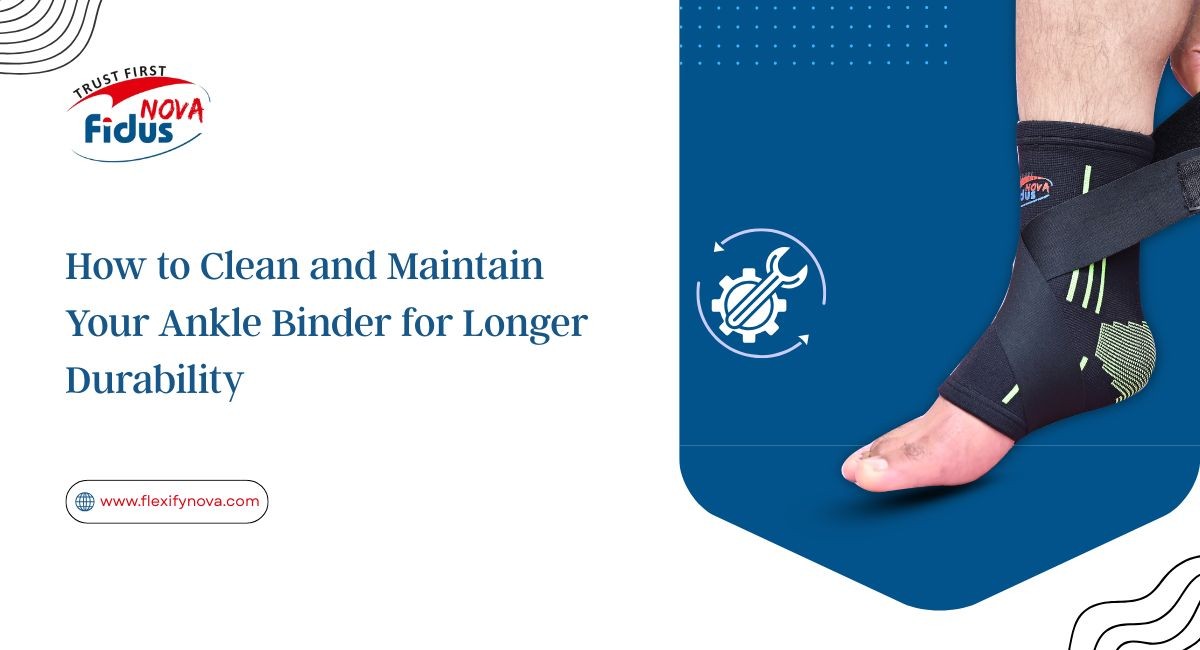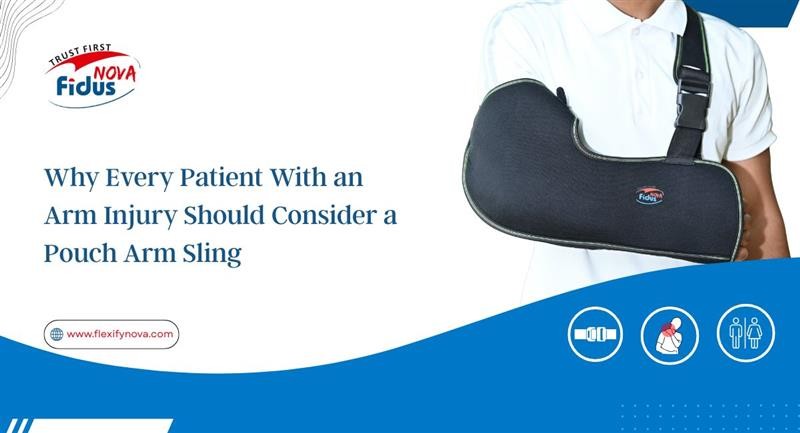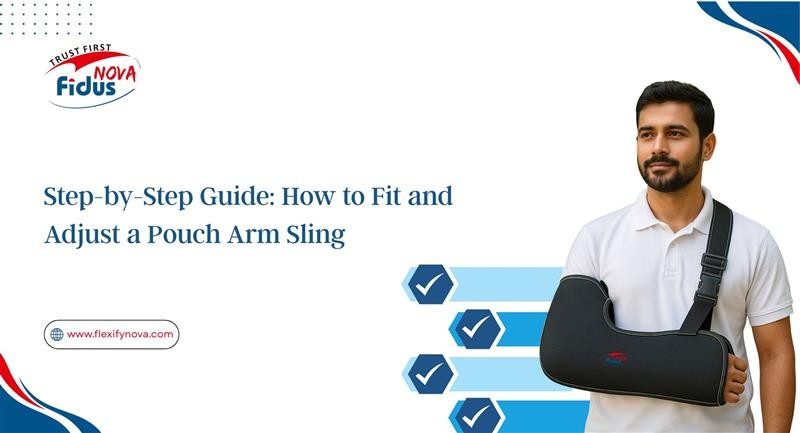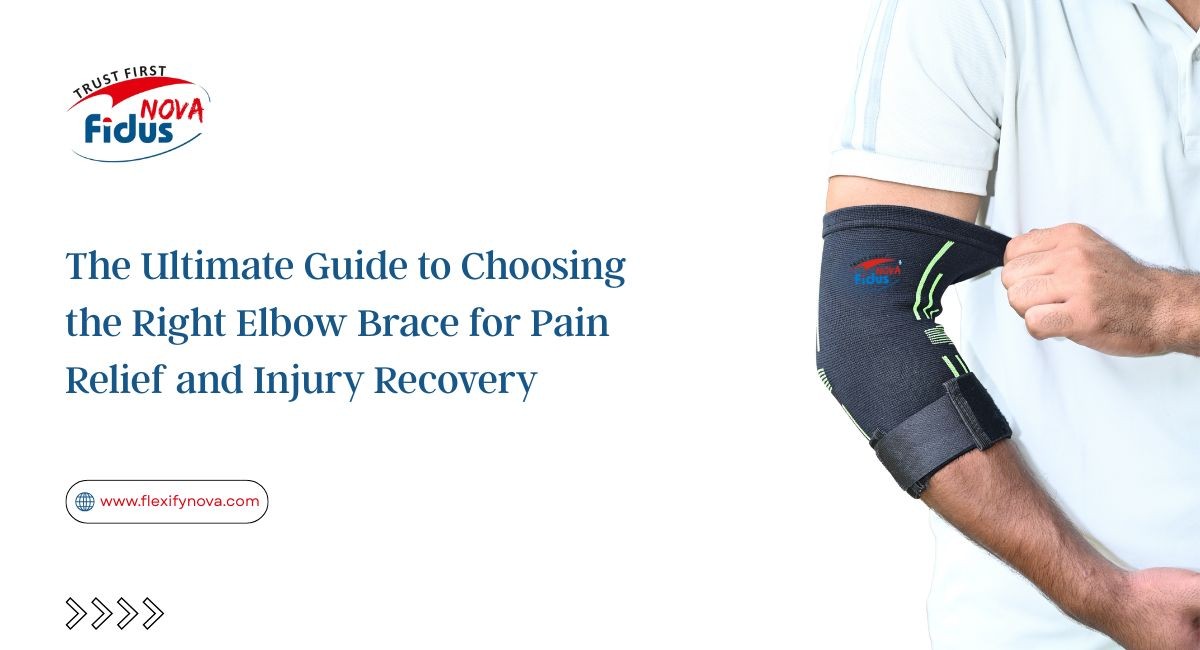Injuries to the forearm can disrupt daily life, whether they come from a sports activity, repetitive strain, or an unfortunate accident. The forearm is made up of two long bones — the radius and ulna — surrounded by muscles, tendons, and ligaments that control hand and wrist movements. When any of these structures are injured, immobilisation becomes crucial to ensure proper healing. This is where a forearm splint comes into play.
A forearm splint is a supportive device designed to stabilise the wrist and forearm, restrict unwanted movements, and promote healing of the injured tissues. Whether prescribed after a fracture, sprain, or muscle strain, a splint plays an essential role in recovery by reducing pain and preventing further damage. In this blog, let’s explore the uses, benefits, and how a forearm splint helps in faster recovery.
What Is a Forearm Splint?
A forearm splint is a medical device used to immobilise the forearm and wrist while allowing the fingers to remain free for limited movement. It is typically made of materials like thermoplastic, aluminium, or foam-padded fabric to provide a combination of rigidity and comfort.
Unlike a full cast, a splint doesn’t encircle the entire arm. Instead, it supports one side of the forearm and is secured with adjustable straps or bandages. This makes it more breathable, lighter, and easier to adjust, while still offering the stability needed for proper healing.
Splints come in different designs, including volar splints, dorsal splints, and sugar-tong splints, depending on the type and location of the injury.
Common Uses of a Forearm Splint
Forearm splints are prescribed for a variety of conditions that require partial immobilisation or support. Some of the most common uses include:
1. Fractures and Bone Injuries
When a person suffers a minor fracture of the radius or ulna, a forearm splint is often applied before a cast. It stabilizes the bone and prevents unnecessary movement while swelling reduces. For non-displaced fractures, a splint may even serve as the primary treatment.
2. Sprains and Strains
A forearm splint is useful in treating soft tissue injuries such as sprains (ligament injuries) and strains (muscle or tendon injuries). Limiting wrist and forearm motion it allows these tissues to heal naturally.
3. Post-Surgical Support
After surgeries involving the wrist, forearm, or elbow, doctors often recommend a splint to keep the arm stable during recovery. It minimises stress on the healing tissues and protects surgical repairs from accidental strain.
4. Repetitive Strain Injuries (RSI)
Conditions such as tendonitis, carpal tunnel syndrome, or tennis elbow often result from repetitive use of the wrist and forearm muscles. Wearing a splint helps alleviate discomfort and supports the muscles by reducing movement and strain.
5. Nerve-Related Conditions
wrist forearm splint can also be beneficial in managing nerve compression disorders like radial nerve palsy, where the wrist may drop due to muscle weakness. The splint helps maintain the correct hand position and prevents deformity.
Key Benefits of Using a Forearm Splint
Using a forearm splint provides both medical and functional benefits. Let’s look at some of the major advantages:
1. Promotes Proper Healing
The foremost benefit of a forearm splint is immobilisation. By restricting unnecessary movements it allows bones, tendons, and ligaments to heal in the correct position. This minimises the risk of misalignment or delayed healing.
2. Reduces Pain and Swelling
Injuries are often accompanied by inflammation, which causes pain and swelling. A well-fitted splint supports the arm in a neutral position, improving circulation and reducing the buildup of fluid in the injured area.
3. Prevents Further Damage
Uncontrolled or excessive movement after an injury can worsen the condition or even lead to permanent damage. A splint acts as a protective shield, ensuring that the affected muscles and joints remain stable.
4. Offers Comfort and Flexibility
Compared to a traditional plaster cast, a forearm splint is lightweight, breathable, and easier to remove when necessary. It allows limited motion of the fingers, which helps maintain muscle strength and prevents stiffness.
5. Enhances Functional Recovery
By providing support during the healing phase, a splint helps patients resume normal activities sooner. Many modern splints are designed ergonomically, allowing for day-to-day use without discomfort.
6. Convenient for Adjustments
Unlike a rigid cast, a splint can be easily loosened or tightened based on swelling or comfort levels. This adjustability ensures that patients experience minimal discomfort during the healing process.
How a Forearm Splint Helps in Faster Recovery
A well-applied forearm splint significantly accelerates recovery through a combination of stabilisation, pain management, and enhanced circulation. Let’s understand how:
1. Immobilisation Promotes Tissue Regeneration
Healing requires rest. By immobilising the injured part, a splint ensures that microscopic tears in muscles, ligaments, or tendons have the chance to regenerate without interruption.
2. Reduces Inflammation
A stable and supported arm reduces micro-movements that can aggravate inflammation. This helps control swelling and prevents prolonged discomfort, speeding up the natural healing cycle.
3. Encourages Safe Movement
Even while immobilising the forearm, splints often allow controlled movement of the fingers. This prevents stiffness and keeps the surrounding muscles active — a crucial factor for faster rehabilitation.
4. Improves Blood Flow
By keeping the arm in a comfortable and elevated position, a splint enhances blood circulation, which delivers oxygen and nutrients to damaged tissues, accelerating recovery.
5. Supports Rehabilitation Exercises
Once the healing has progressed, the splint can be removed during physiotherapy sessions. Alternating between support and gentle movement helps restore flexibility and strength without risking reinjury.
Tips for Using a Forearm Splint Effectively
To get the best results from a forearm splint, it’s important to follow proper usage guidelines:
Consult a healthcare professional before using any splint. Self-diagnosis and incorrect fitting can worsen an injury.
Ensure the correct fit — the splint should be snug but not too tight to restrict blood flow.
Keep the splint clean and dry to prevent skin irritation.
Perform gentle movements of fingers as recommended by your doctor to maintain muscle tone.
Report any discomfort, such as numbness, swelling, or skin redness to your healthcare provider immediately.
Choosing the Right Forearm Splint
The choice of splint depends on the type and severity of your injury. A doctor or physiotherapist can recommend the right model based on factors such as:
Area of injury (wrist, middle forearm, or near elbow)
Degree of immobilisation needed
Material preference (rigid vs. semi-flexible)
Comfort and daily use requirements
Today, several orthopaedic brands manufacture adjustable forearm splints designed for maximum comfort and durability. These are often made with breathable fabrics, padded linings, and Velcro straps for easy wear.
Conclusion
A forearm splint is a simple yet highly effective medical device that plays a vital role in the recovery from fractures, sprains, repetitive strain injuries, and post-surgical conditions. By immobilising the injured area, it minimises pain, supports healing, and helps restore mobility faster.
Whether you’re an athlete recovering from a sports injury or someone dealing with repetitive strain from long working hours, using a forearm splint under medical supervision can make all the difference. With proper care, rest, and physiotherapy, you can ensure a smoother and quicker return to your normal, active life.





